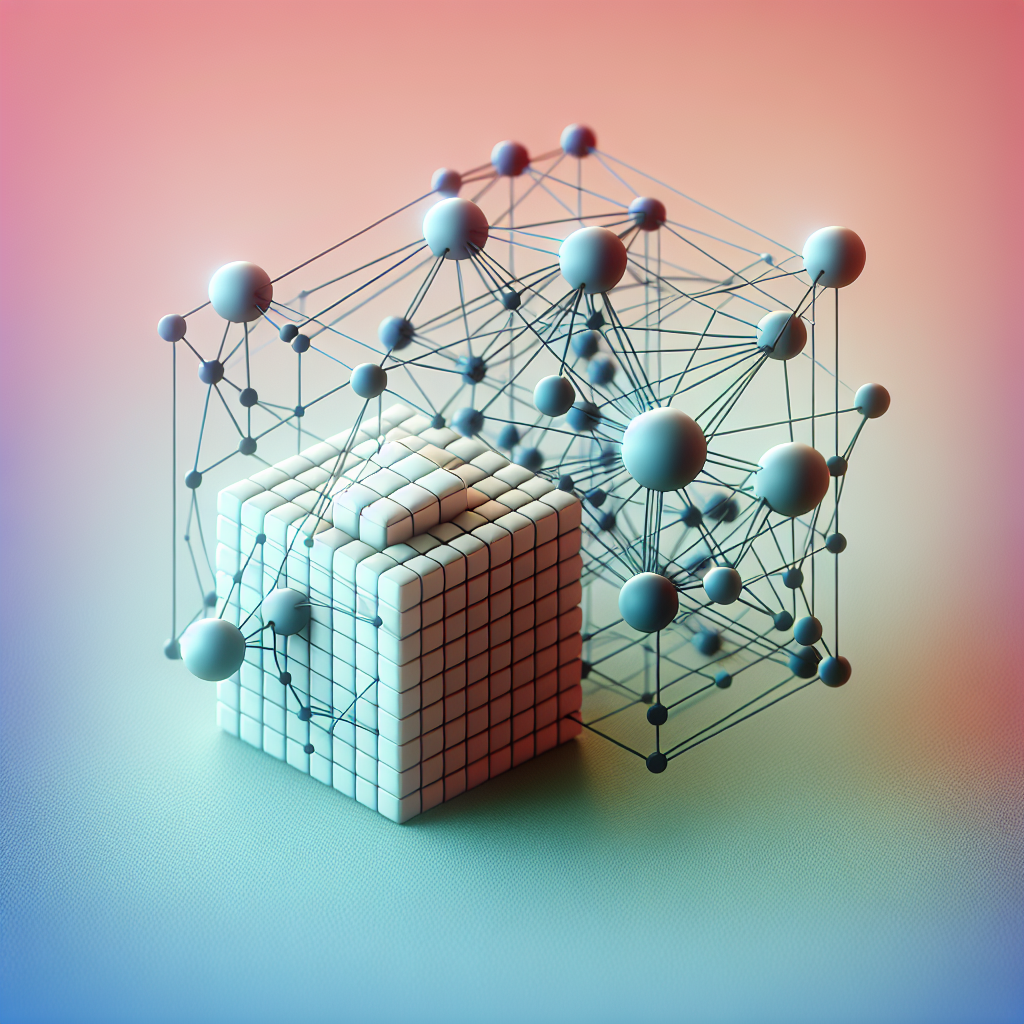Part 5: The Generator – Transformer Decoders
Series: From Sequences to Sentience: Building Blocks of the Transformer Revolution
The Architecture That Gave Birth to Text Generation
Introduction: From Understanding to Creation
In Parts 1 through 4, we explored how Recurrent Neural Networks (RNNs), Long Short-Term Memory (LSTMs), word embeddings, and Transformer encoders built the foundation for understanding language. Now, we turn to the Transformer decoder, the component that brings language to life by generating text. Introduced in the 2017 paper "Attention is All You Need" by Vaswani et al., decoders power models like GPT and enable tasks from translation to chatbots. This article, the fifth in an 8-part series, dives into how decoders work, their structure, and their transformative impact.
What is a Decoder in the Transformer?
While encoders are built to comprehend input sequences, decoders are designed to generate output sequences. A Transformer decoder operates in one of two modes:
- Encoder-Decoder Models (e.g., T5, BART): Uses the encoder’s contextual output to guide generation, ideal for tasks like translation.
- Decoder-Only Models (e.g., GPT): Relies on previously generated tokens to predict the next one, excelling in text generation.
Decoders are auto-regressive, meaning they build a sequence step-by-step, using their own past outputs to inform the next word, until the sequence is complete.
Anatomy of a Transformer Decoder
Each decoder block, typically stacked 6 to 12 layers deep, features three main components:
Masked Multi-Head Self-Attention
- Allows each token to attend only to previous tokens, preventing it from "cheating" by seeing future words.
- Implements a causal mask (a triangular pattern) to enforce this order.
- Encoder-Decoder Cross Attention (in encoder-decoder models)
- Enables the decoder to focus on relevant parts of the encoder’s output.
- Crucial for aligning source and target sequences, as in translation.
Feed-Forward Network (FFN)
- A position-wise multilayer perceptron, applied independently to each token, adding nonlinear transformations.
Each layer also includes:
- Residual Connections: Skip connections to improve gradient flow.
- Layer Normalization: Stabilizes training by normalizing outputs.

Fig. Transformer Decoder Block: Generating text with masked attention and cross-attention.

How Decoding Works – Step-by-Step
Let’s follow the decoder as it translates the French sentence "Le chat est sur le tapis" into "The cat is on the mat":
Start with Token
- The process begins with a special start-of-sentence token.
Masked Self-Attention
- The decoder predicts the first word ("The") based only on the token.
- For the next word ("cat"), it considers "The," and so on, using a causal mask to block future tokens.
Encoder-Decoder Attention
- The decoder aligns its predictions with the encoder’s output (e.g., mapping "chat" to "cat," "tapis" to "mat").
- This step ensures the generated text matches the input’s meaning.
Final Linear + Softmax Layer
- Converts the decoder’s output into probabilities over the vocabulary.
- The highest-probability token is selected (e.g., "The"), and the process repeats.
This auto-regressive loop continues until an end token is reached.
Decoder-Only vs. Encoder-Decoder
| Architecture | Input Type | Example Models | Use Cases |
| Encoder-Decoder | Input + Output | T5, BART, mT5 | Translation, Summarization |
| Decoder-Only | Previous tokens | GPT, GPT-2/3/4 | Text generation, Chatbots |
In decoder-only models like GPT, the focus is solely on predicting the next token, trained on vast datasets to master language generation at scale.
Code Snippet: Inference Loop
Here’s a Python-style pseudocode for a decoder inference loop:
def decode_sequence(decoder, start_token, max_len, end_token):
generated = [start_token]
for i in range(max_len):
# Get logits (raw scores) for the next token
logits = decoder(generated)
# Sample or take argmax to get the next token
next_token = torch.argmax(logits[:, -1, :], dim=-1).item()
generated.append(next_token)
# Stop if end token is generated
if next_token == end_token:
break
return generated
# Example usage (simplified)
start_token = 0 # Example start token ID
end_token = 1 # Example end token ID
max_len = 10 # Maximum sequence length
sequence = decode_sequence(decoder_model, start_token, max_len, end_token)
print("Generated sequence:", sequence)- Explanation: This loop starts with a <s> token, feeds the growing sequence to the decoder, selects the most likely next token, and stops at an <end> token. In practice, decoder would be a trained model, and sampling methods (e.g., top-k) could replace argmax for variety.
Why Use a Mask?
Without a causal mask, a token could "peek" at future words during training or inference, undermining the generative process.
- Training: Masks future positions to mimic auto-regressive behavior.
- Inference: Uses only generated tokens as input for the next step, ensuring realistic generation.
Why Decoders Matter
Decoders unlocked a new era of AI by enabling:
- Language Generation: Powering models like GPT for creative text.
- Machine Translation: Driving the original Transformer’s success.
- Summarization: Supporting models like BART and T5.
- Instruction-Following & Chat: Fueling ChatGPT, Claude, and Gemini.
They’re behind practical tools like:
- Autocomplete in Gmail.
- Realistic chatbots.
- AI writers and coders.
Decoder as a Mirror Opposite of Encoder
| Component | Encoder | Decoder |
| Self-Attention | Full-sequence | Masked (causal) |
| Cross Attention | Not used | Used (in encoder-decoder models) |
| Output | Embeddings | Token-by-token probabilities |
This contrast highlights the decoder’s role as a generative mirror to the encoder’s comprehension.
Up Next: Part 6 – Self-Attention: Seeing the Whole Picture
At the heart of both encoders and decoders lies self-attention, the mechanism that revolutionized how tokens relate to each other. In Part 6, we’ll dive into queries, keys, values, and the magic of attention.
Featured Blogs
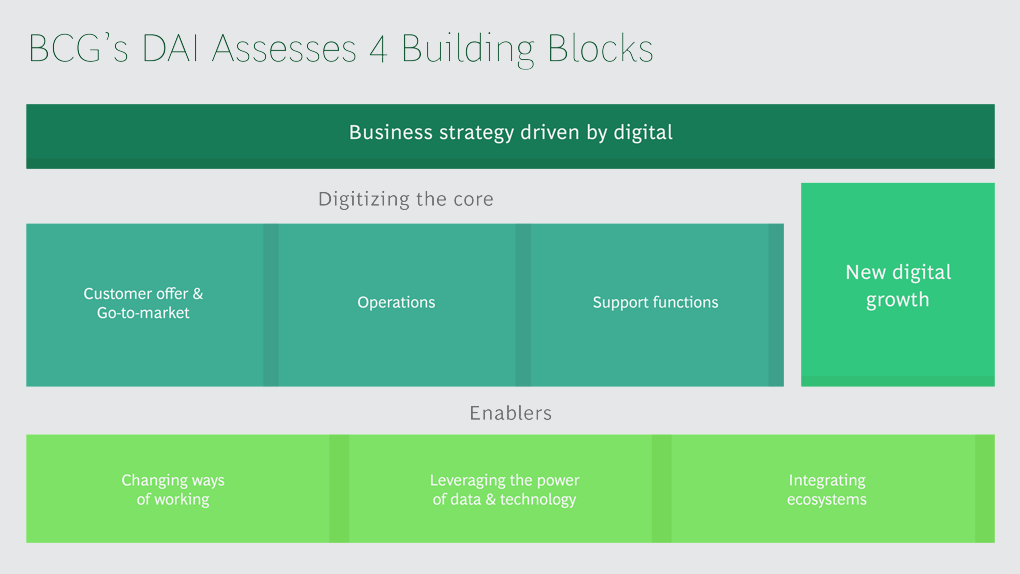
BCG Digital Acceleration Index
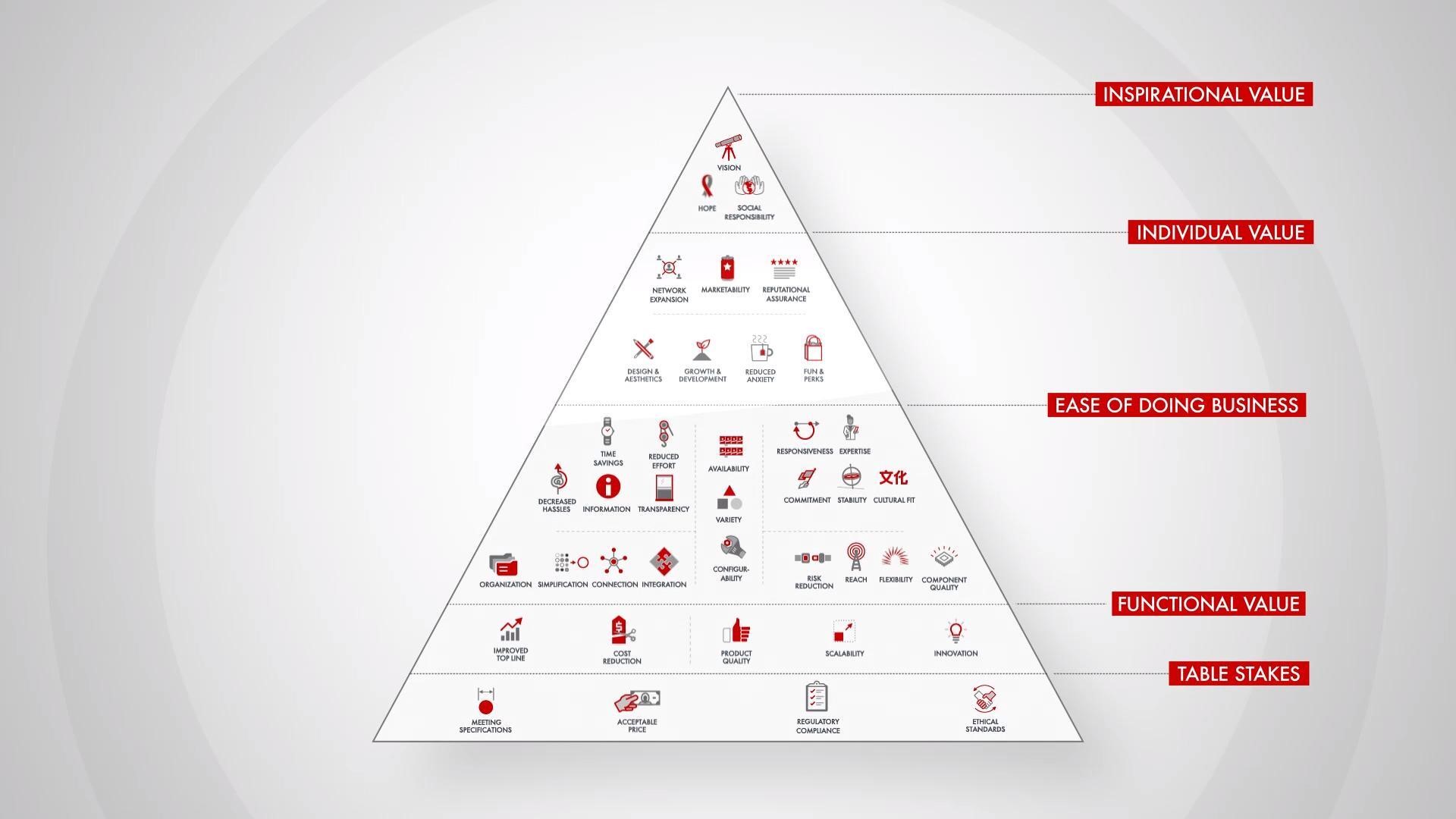
Bain’s Elements of Value Framework
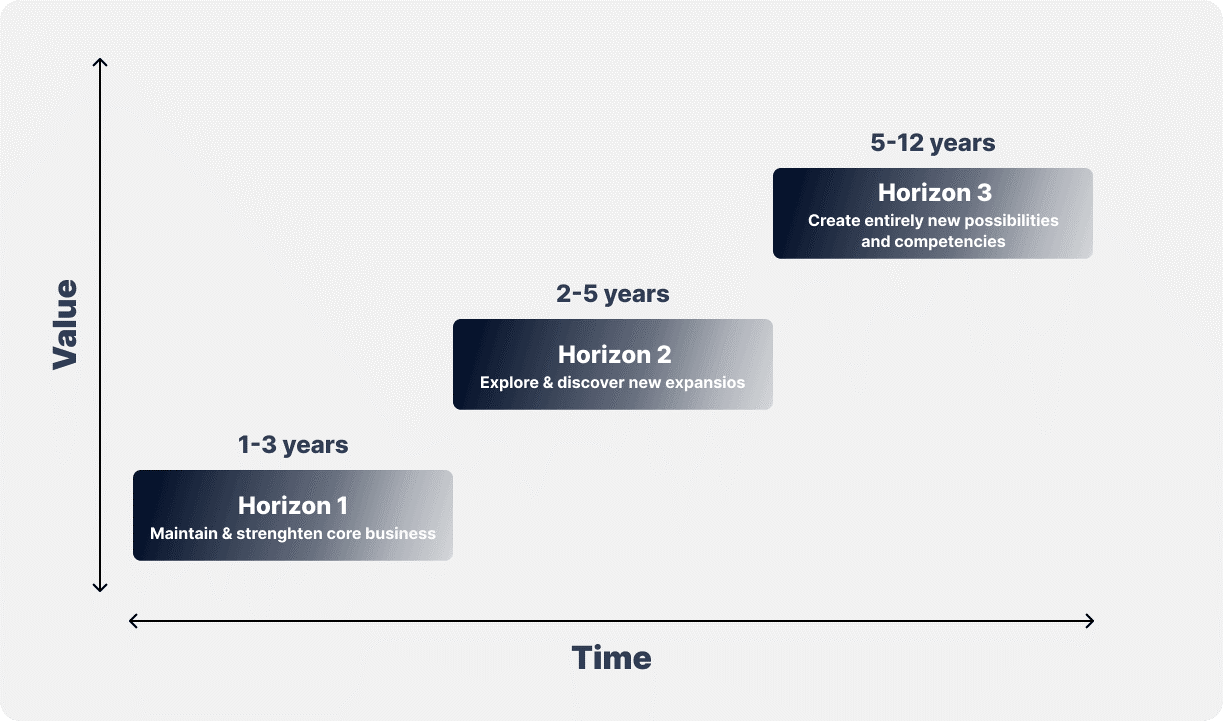
McKinsey Growth Pyramid
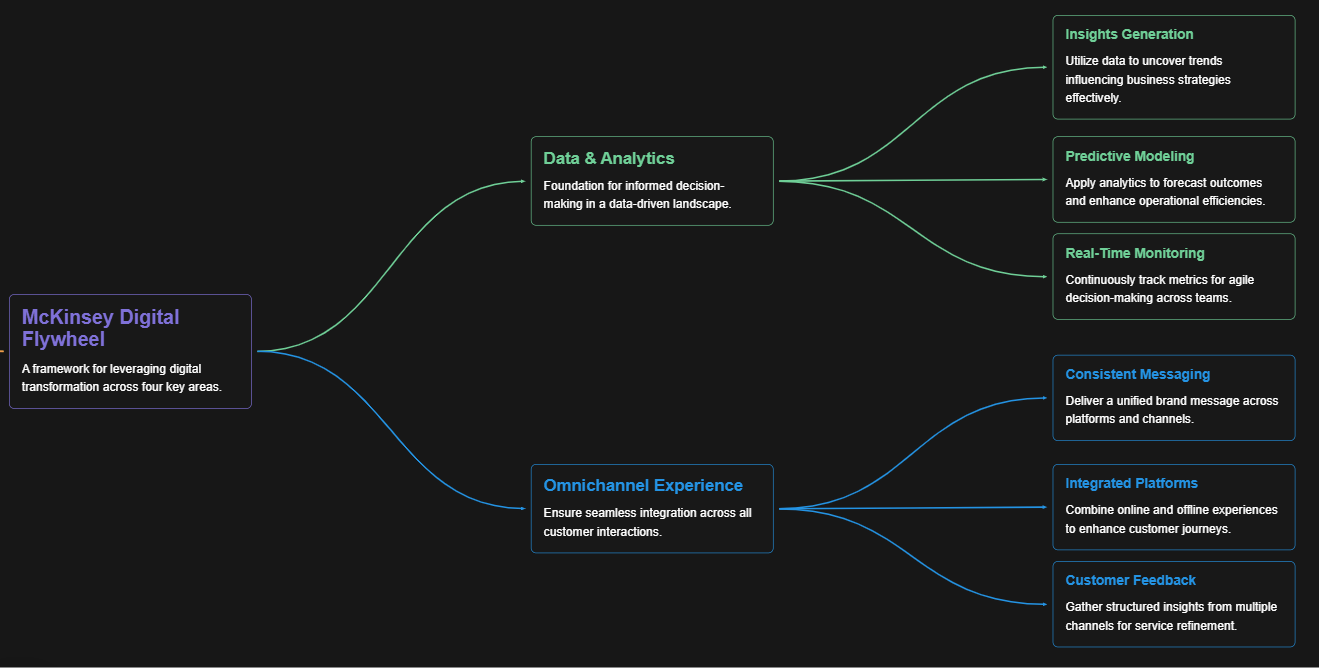
McKinsey Digital Flywheel
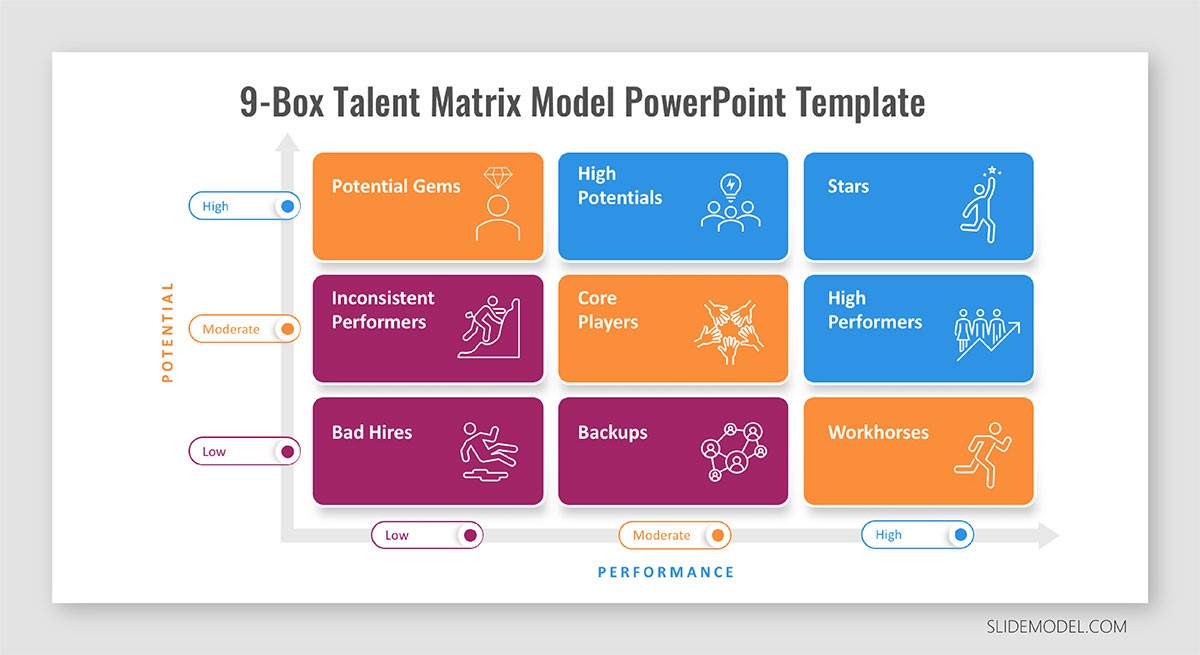
McKinsey 9-Box Talent Matrix
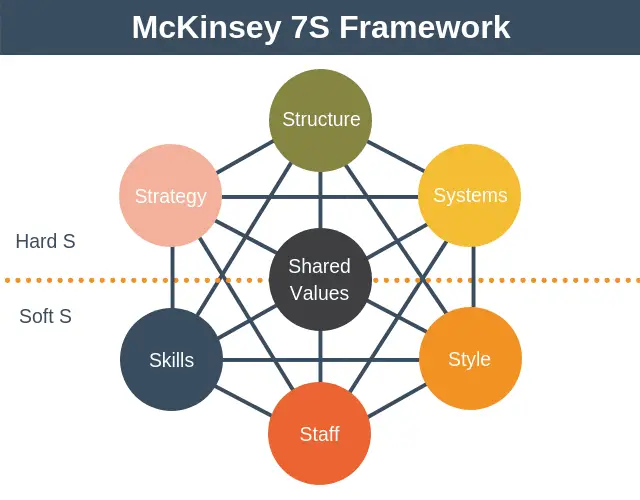
McKinsey 7S Framework
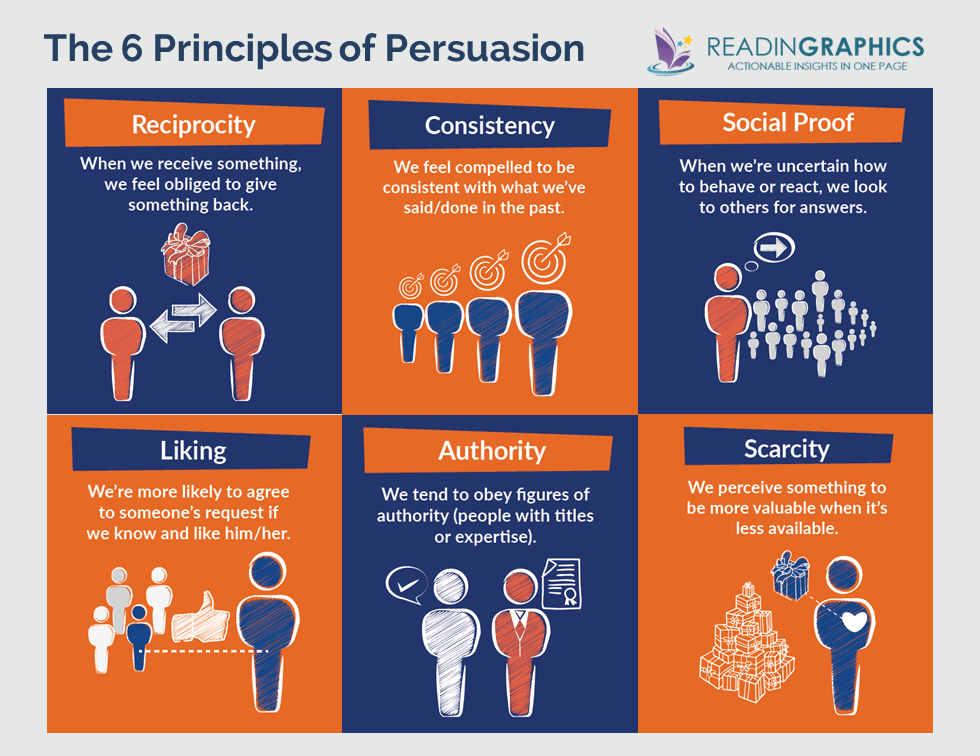
The Psychology of Persuasion in Marketing

The Influence of Colors on Branding and Marketing Psychology

What is Marketing?
Recent Blogs

Part 8: From Blocks to Brilliance – How Transformers Became Large Language Models (LLMs) of the series - From Sequences to Sentience: Building Blocks of the Transformer Revolution
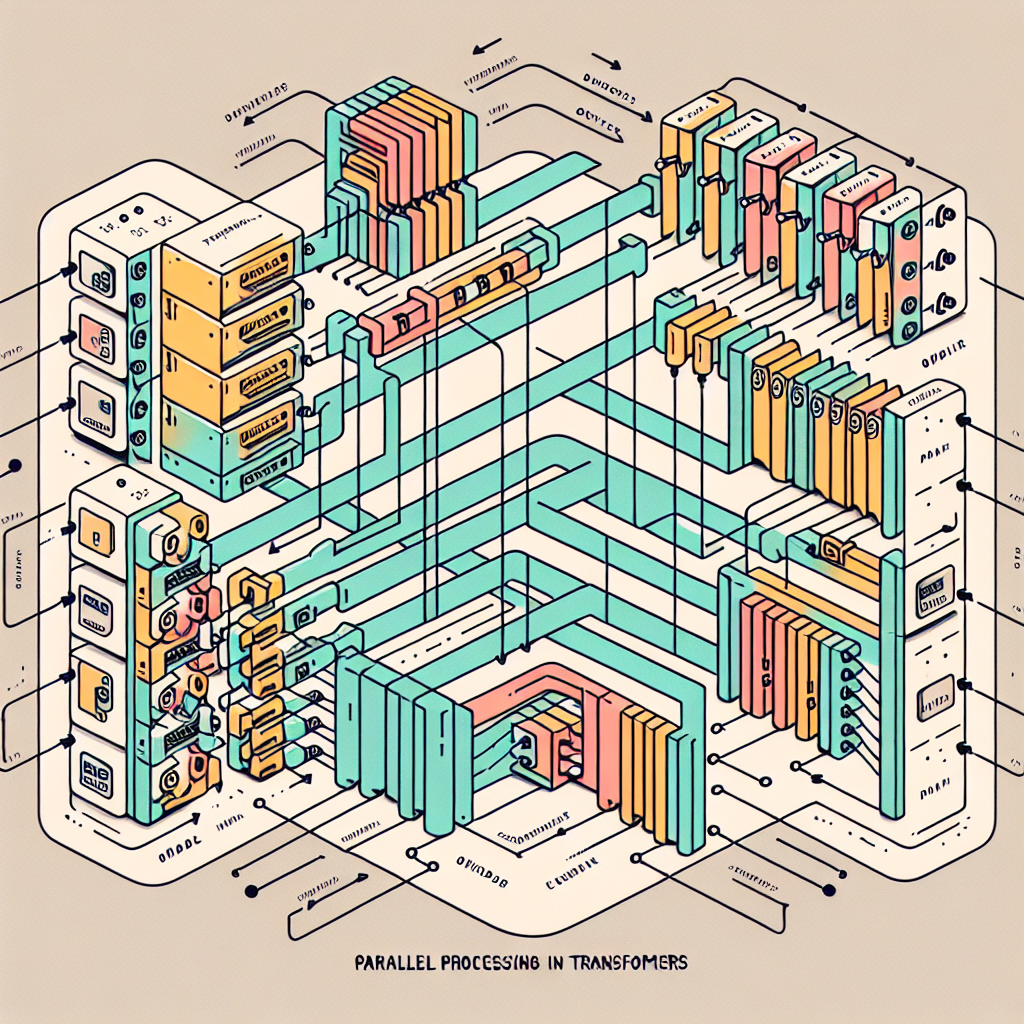
Part 7: The Power of Now – Parallel Processing in Transformers of the series - From Sequences to Sentience: Building Blocks of the Transformer Revolution
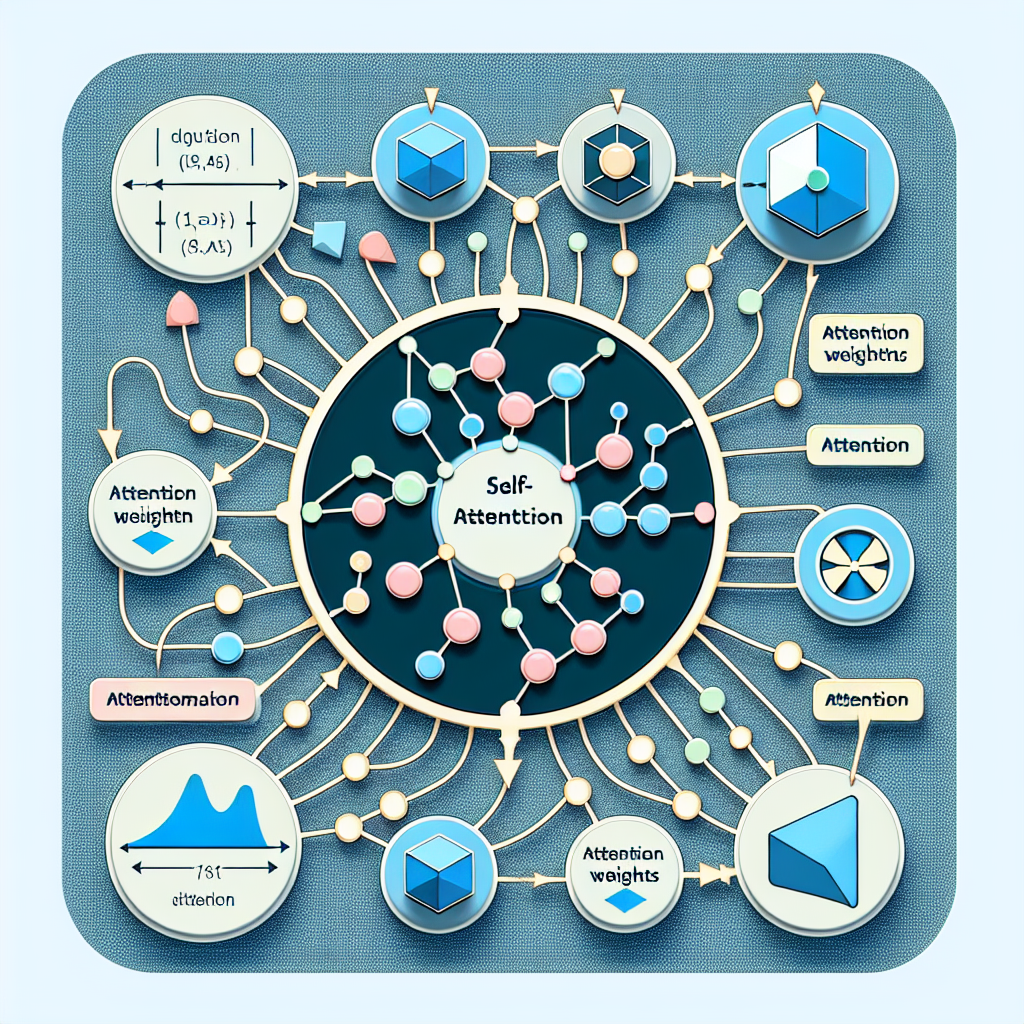
Part 6: The Eyes of the Model – Self-Attention of the series - From Sequences to Sentience: Building Blocks of the Transformer Revolution
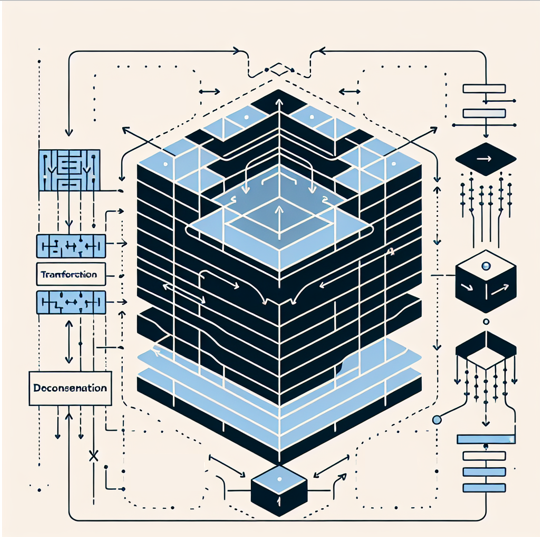
Part 5: The Generator – Transformer Decoders of the series - From Sequences to Sentience: Building Blocks of the Transformer Revolution
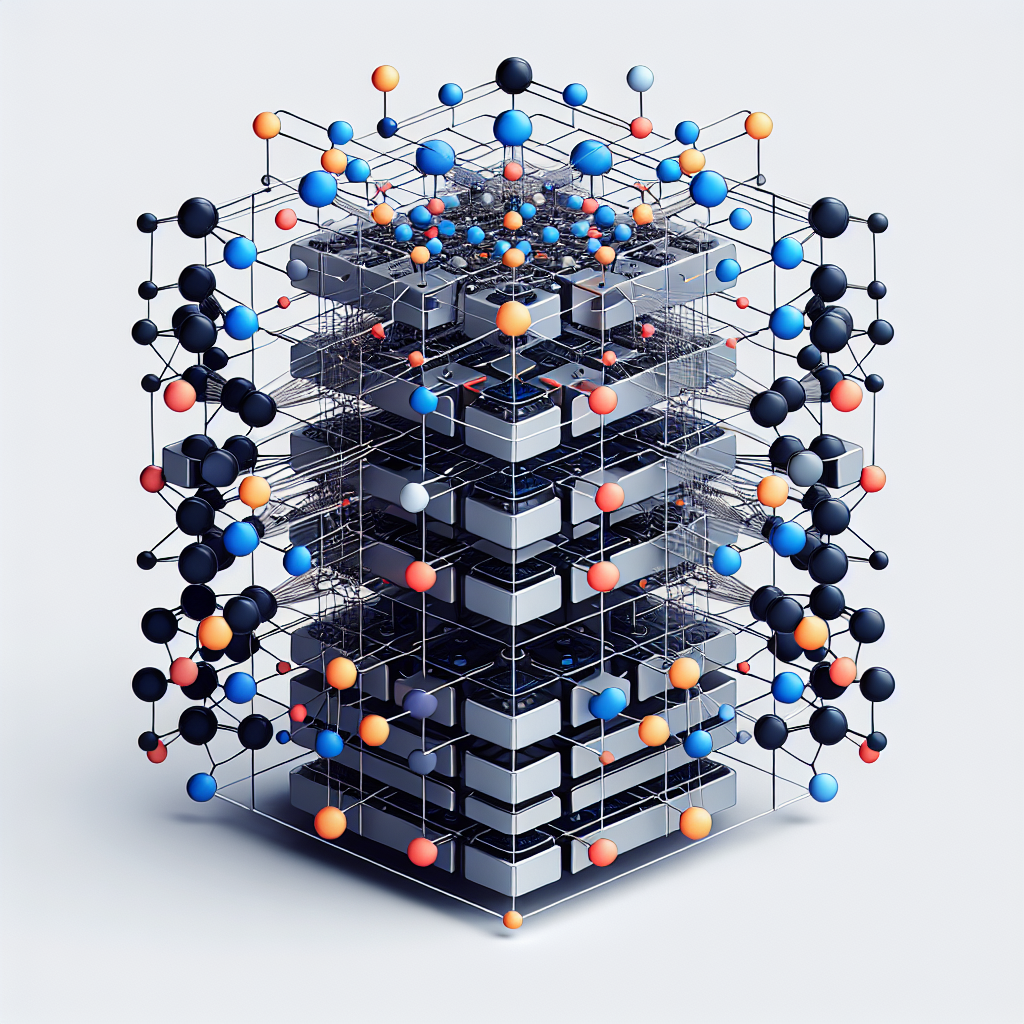
Part 4: The Comprehender – Transformer Encoders of the series - From Sequences to Sentience: Building Blocks of the Transformer Revolution of the series - From Sequences to Sentience: Building Blocks of the Transformer Revolution
